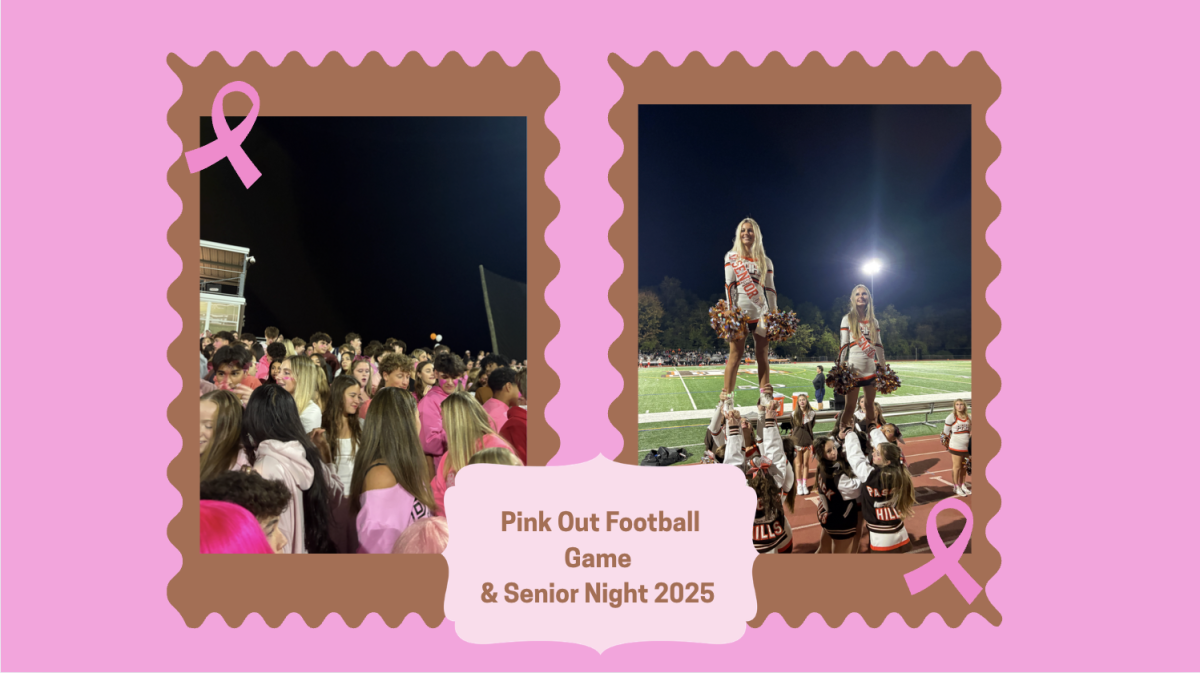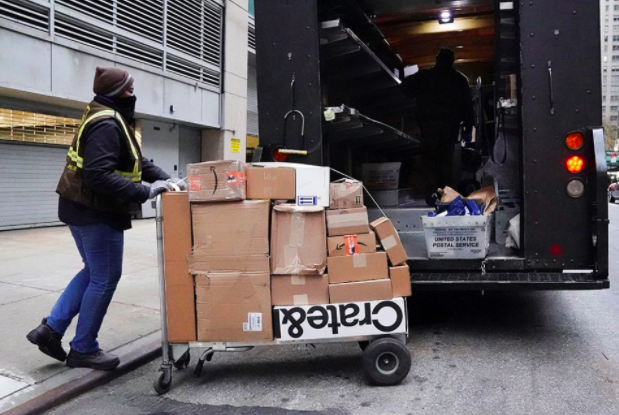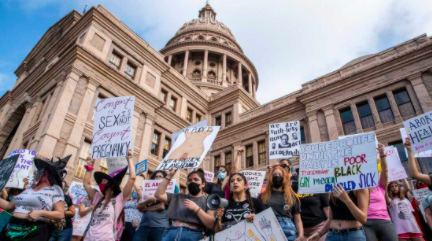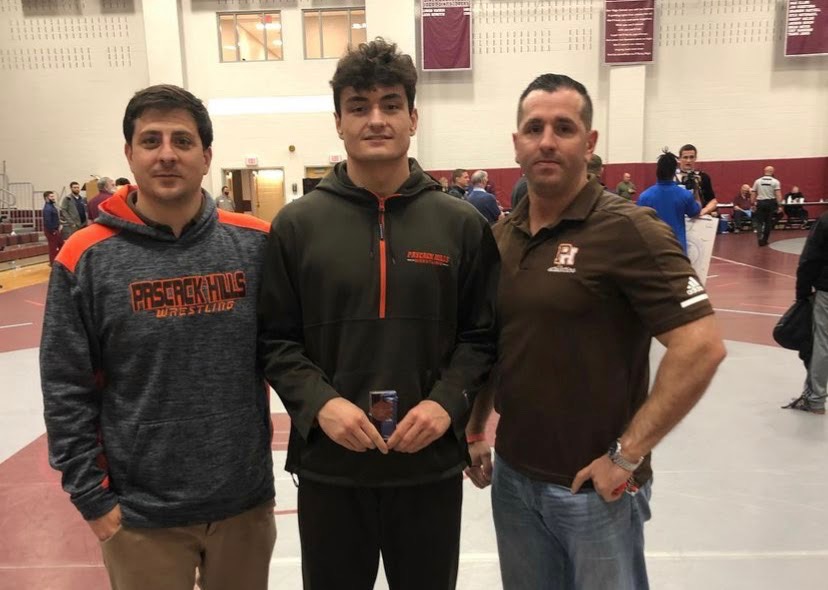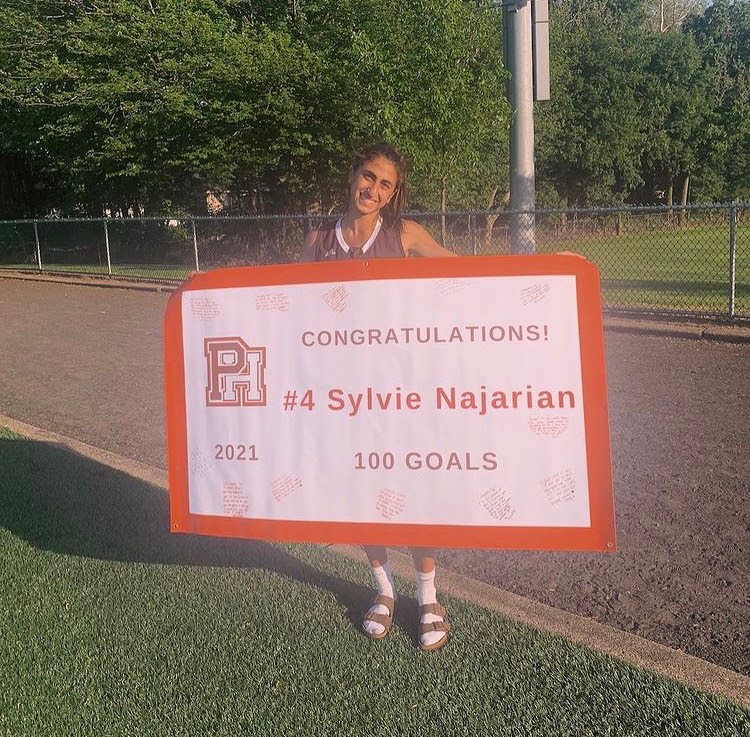This year is going to be a fascinating and wonderful year, as we have a new principal, Mr. DeMarrais.
Ginny: So, you are the new principal of PHHS. How does it feel to be “in charge” of the school?
Mr. DeMarrais: It really does feel good to be the principal. We have good teachers, great students, and very supportive parents. That makes my job enjoyable and easy.
G: Do you believe that interactions are important between you and students? Is it hard sometimes?
Mr. D: Interacting with students and teachers is one of the most important aspects of my job because I do not think I can effectively lead people without forging positive relationships with them. The challenge is making time to interact with students teachers and community members. Being visible and connected has to be balanced with all of the other obligations and responsibilities that go along with being a principal. Meetings, state mandated reports, responding to e-mails, and all the managerial tasks have to get done without compromising contact time with the students, teachers, and community
G: How long you have you been working in this high school?
Mr. D: This is my twelfth year!
G: What are your goals for PHHS and its students?
Mr. D: My goals for PHHS are simple – it is to build upon the already great tradition of academic excellence; to cultivate a climate where students challenge themselves to be the best they can be. I believe very strongly that for a high school to be effective and influential, it has to be a place where students want to be; a place they feel comfortable, safe, and look forward to gathering everyday.
G: Would you say that you are getting closer to the goals that you are trying to achieve?
Mr. D: My goals are always ongoing. I am an extensive self-evaluator, and I am constantly evaluating my own performance. At the end of each day, if I have given all I can to be the best principal I can be, I am confident that I will be continually moving towards my goal and enhancing the educational climate at Hills.
G: This may be the hardest question of all, but what are PHHS’s greatest strengths and weaknesses?
Mr. D: (laughing) Wow that really is a hard question! Well, the strengths are the fantastic student body, excellent teachers, and supportive community at PHHS. I don’t like to call them “weaknesses,” I prefer to call them challenges. One challenge is the limitations of the physical plant. It could be anywhere from parking, traffic, or minimal field use on the hill. Any problems here are just the limitations of the physical space PHHS has available for all students and faculty members.
G: Recently, the online grade book has been accessible to both students and parents to see. What made you and faculty make this decision?
Mr. D: It was actually an easy decision because we feel strongly that education of the children is a team effort. The more you have the parents involved and aware, the greater success we all can have together. Making the grade book accessible to all creates an atmosphere of awareness and openness, so now parents and students can be mindful of where they stand.
G: How do you communicate with parents when there are problems?
Mr. D: I prefer to think that we don’t have problems; just temporary obstacles that we need to collectively overcome. I have the ability to send out E-blasts to the parents, which are school-wide. Open grade book, Zippslip, and Twitter are all communication vehicles to connect with parents. I especially enjoy Twitter as I can instantly share all the good things that are happening at Hills
G: Do you feel more pressure as a principal?
Mr. D: Of course I do feel more pressure because I am last in line when the final decisions are being made. When I was an assistant principal, there was always the principal above to take ownership of the final decisions. Now, ultimately, I have to make final decisions on a daily basis. That is why it is so important to get the stakeholders involved in the decision making process. When you do that, you are far less likely to regret a final decision.
G: Compare yourself with the formal principal.
Mr. D: Ms. Van Gunten was a great principal. I owe her a great deal, as I learned a lot from her in our nine years together. She was a great professional and I would rather not compare our styles. I try to be myself. My style is to be connected to the community, the students, and the teachers as much as I can. I try to be an extremely visible principal and be among the students, in classrooms, and at as many events as I can be. I always come to school early to see students getting dropped off [Ed. Note: we always see him there with his nice suit!] and also stay late to handle the managerial side of the job. Arriving early and leaving late, allows me to spend more of the school day in classes which ultimately will help facilitate the teaching and learning at PHHS.
G: Any last comments?
Mr. D: I am always trying to create an open culture where students and teachers are actively involved in the decision making process. I want to be known in the PHHS learning community as a principal that communicates, but more importantly connects with students, teachers, and parents.
G: Thank you, Mr. DeMarrais for such a wonderful conversation! Have a good year PHHS!











